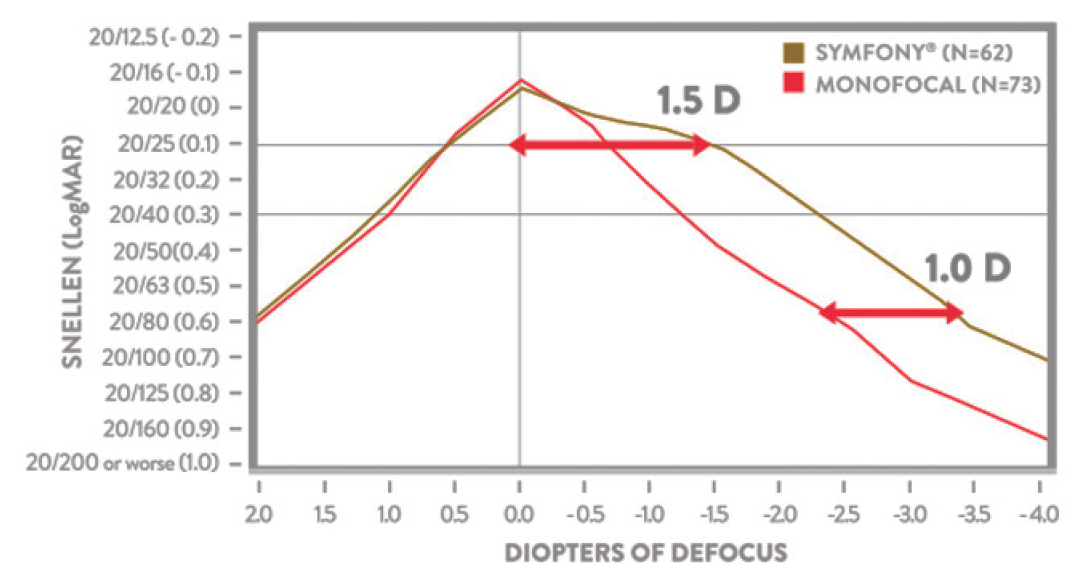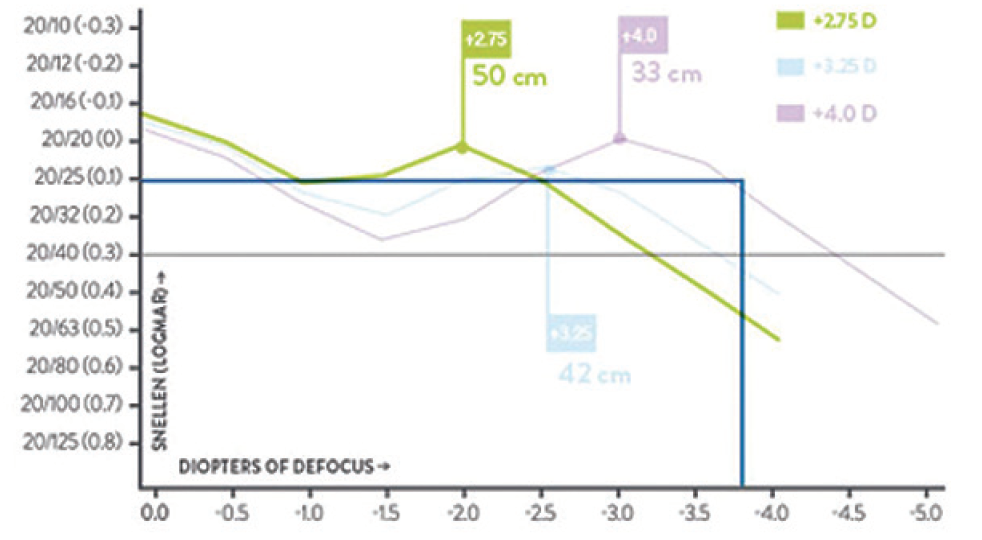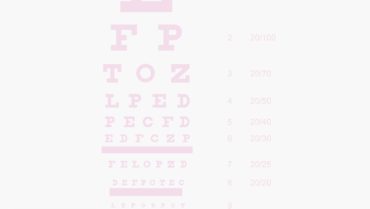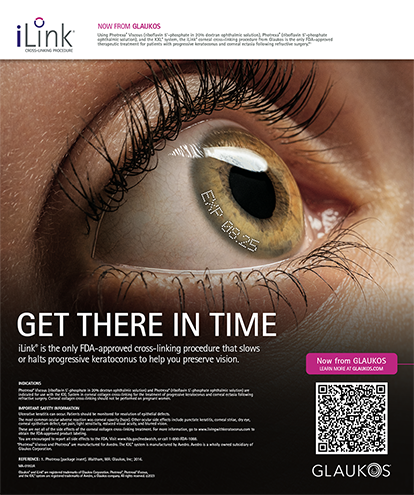

IOLs for refractive cataract surgery and refractive lens exchange (RLE) have never been better. Still, all IOLs have certain limitations. The holy grail is an IOL that would provide a full range of vision with minimal to no dysphotopsias. We are not quite there yet—but, with proper patient and IOL selection, we can get very close.
Our practice focuses primarily on laser vision correction (LVC) and RLE. This means that, when we use IOLs, patients are highly discriminating, as their crystalline lenses have not yet become cataractous. As such, we are extremely careful to match the IOLs we choose to the patient’s spherical aberration and other higher-order aberrations (HOAs) and to determine the patient’s tolerance to dysphotopsias. We also consider corneal curvature and effective lens position according to axial length when choosing multifocal IOLs for short versus long eyes, as this can affect the near add of the multifocal IOL.
RLE patients don’t want to reduce their need for readers; they want to be essentially glasses-free. Recently, we have begun addressing this desire by combining the advantages of extended depth of focus (EDOF) and multifocal IOLs.
BETTER AND BETTER
RLE or cataract surgery with monofocal IOLs offered a high-quality vision solution for many individuals. The use of monofocal IOLs with blended targets, or monovision, provided an increased depth of focus for appropriate patients. The introduction of EDOF and a range of multifocal IOLs further evolved our options, allowing us to provide better intermediate and near vision, respectively.
Until recently, however, with the FDA approval of the AcrySof IQ PanOptix Trifocal IOL (Alcon), there has always been a significant dip in the defocus curves of our IOLs, resulting in a dead spot in patients’ vision. Because of this, we have been using a mix-and-match approach for the vast majority of our refractive cataract and RLE patients who qualify for multifocal IOLs.
In our practice, we have begun combining the Tecnis Symfony IOL (Johnson & Johnson Vision) to provide distance and intermediate vision with the Tecnis Multifocal IOL +3.25 (model ZLB00 [Johnson & Johnson Vision]) to provide distance and near vision. Defocus curves for each can be seen in Figures 1 and 2. In theory, the near add for the ZLB00 begins where the Symfony defocus curve dips, providing a nearly seamless binocular range of vision. In practice, we have found the same.

Figure 1. Defocus curves showing improved intermediate vision with Symfony in comparison with a monofocal IOL.

Figure 2. Defocus curves showing near vision with the Tecnis family of multifocal IOLs.
RESULTS FOR RLE
In the past 4 years at ClearSight Center in Oklahoma City, we have performed more than 1,200 RLE procedures using several IOL combinations with significant success. We recently reported on a series of 238 patients with unoperated or postrefractive-surgery eyes who underwent RLE with the EDOF/multifocal IOL combination.1
In the study, postoperative bilateral uncorrected distance visual acuity (UDVA) and uncorrected near visual acuity (UNVA) were excellent, with UDVA of 20/40 or better in 97% of patients and UNVA of 20/40 or better in 93%. LVC enhancements were performed to optimize vision further.
A survey was given to the last 29 patients undergoing this procedure, asking them to assess their satisfaction. Of the patients surveyed who underwent the EDOF and intermediate-add multifocal combination, 97% said they would recommend their surgery to a family member or friend, 89.6% were either completely or very satisfied with their surgery, and no patients were dissatisfied with their surgery. The most common reasons that patients gave for not being fully satisfied were dysphotopsias or the need for LVC enhancement.
MIX-AND-MATCH COMBINATIONS
Although the majority of our patients are very satisfied with the Symfony-ZLB00 combination, we also have patients who require individualized plans according to their ocular health and lifestyle preferences. Developing plans for these patients requires flexibility in approach.
For eyes with previous penetrating keratoplasty, highly irregular corneas, or negative spherical aberration, a zero-aberration IOL such as the enVista (Bausch + Lomb) can be chosen. Many patients present with high positive spherical aberration after prior myopic LVC or radial keratotomy, and a higher negative spherical aberration lens such as the Tecnis Monofocal IOL (model ZCB00 [Johnson & Johnson Vision]) can be used for these patients.
By examining patients’ spherical aberration, other HOAs, and angle kappa and by choosing the correct lens in these complex cases, even a monofocal IOL can provide an extended depth of focus. Many times a multifocal IOL can be placed in the other eye, depending on the case, allowing the same depth of focus that patients with no previous refractive surgery would have achieved.
For patients with short axial lengths, multifocal IOLs provide an added benefit for near tasks due to their effective lens position, while longer eyes may benefit more from a blended vision approach or a multifocal IOL with a high-power add.
For patients who want a premium lens but are less accepting of potential dysphotopsias, there are other options. Although they are not EDOF IOLs by definition, the Crystalens (Bausch + Lomb) and the AcrySof IQ Restor +2.5 D IOL with ActiveFocus (Alcon) are good options that perform similarly to an EDOF IOL. In our practice, for patients who value crisp driving vision the most, the AcrySof IQ Restor +2.5 D IOL provides excellent distance vision in the dominant eye and continues to provide a range of vision for intermediate work. The ZLB00 can still typically be placed in the nondominant eye to provide the desired near visual acuity.
SEE THE RESULTS THROUGH
Refining one’s technology and approach is important, but a refractive practice is defined by its commitment to excellent results. The most common reason for dissatisfaction is uncorrected refractive error. At our practice, we perform LVC enhancement for a high proportion of patients to ensure optimized visual outcomes and a superb patient experience. We even go as far as to counsel patients in advance about the timing and type of a potential enhancement. This commitment to patient satisfaction and achieving the best outcome is what keeps patients returning to our office and has resulted in RLE becoming the fastest growing part of our practice.
It is an exciting time for refractive surgery, when for the first time we can offer LVC-like results with RLE to a new demographic. Arming oneself with the skills to serve these patients is a practice-builder and a complement to refractive cataract surgery.
With the recent FDA approval of the PanOptix trifocal IOL, we have a new tool for our refractive surgery tool belt. This IOL provides a nearly flat defocus curve. Although US experience is limited to date, we have had success with both bilateral placement of this IOL and with mixing and matching to provide even crisper distance vision in the dominant eye with an EDOF, monofocal, or low-add multifocal IOL, depending on patient preference. We have not had experience with the Light Adjustable Lens (RxLAL, RxSight), but we believe it will be a welcome addition to our refractive surgery tool belt in the future.
1. Rebenitsch RL. Visual and refractive outcomes of femtosecond laser–assisted refractive lens exchange in 590 eyes. Paper presented at: AAO 2019; October 12-15, 2019; San Francisco.




